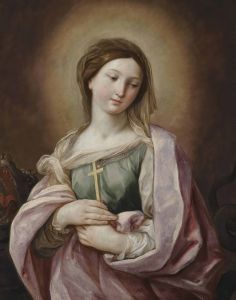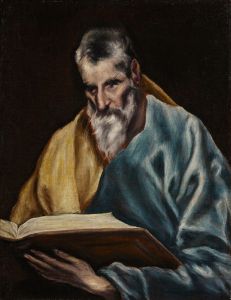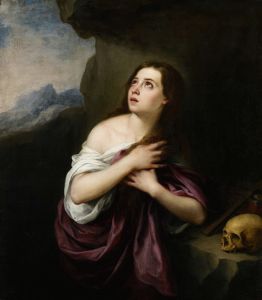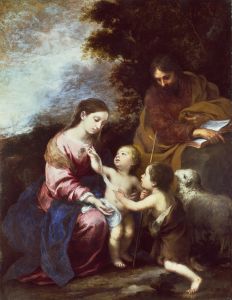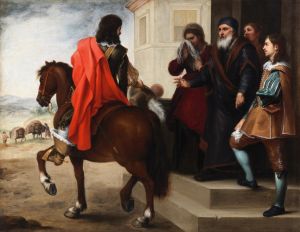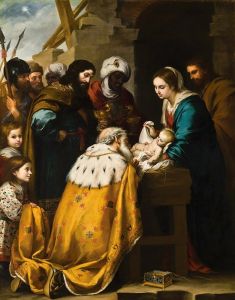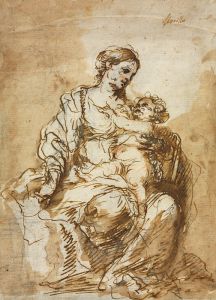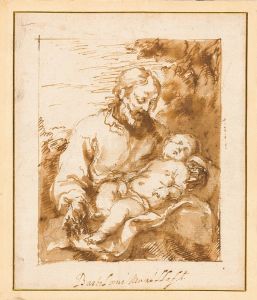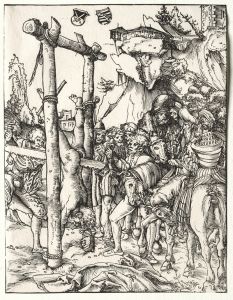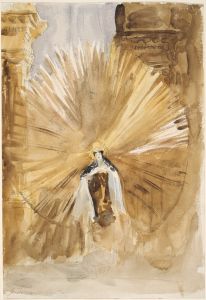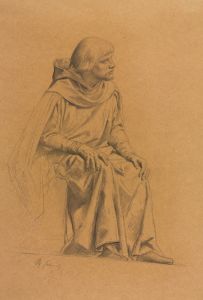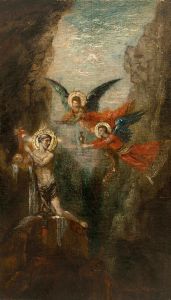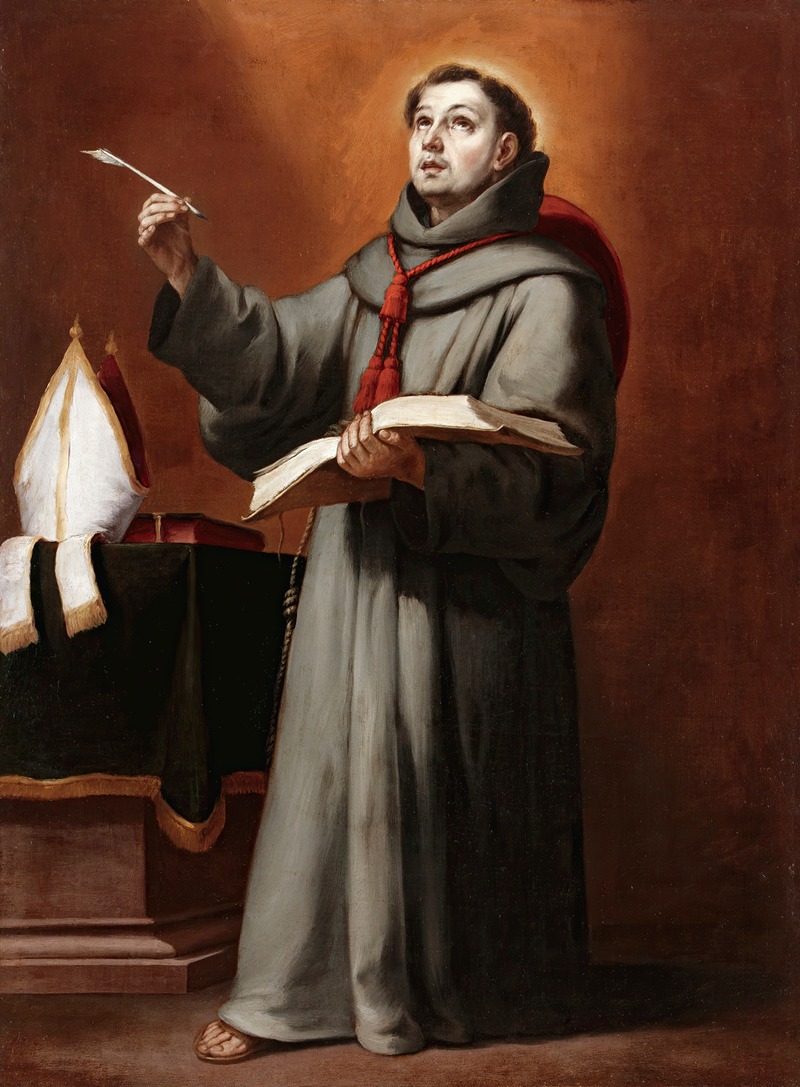
Saint Bonaventura
A hand-painted replica of Bartolomé Estebán Murillo’s masterpiece Saint Bonaventura, meticulously crafted by professional artists to capture the true essence of the original. Each piece is created with museum-quality canvas and rare mineral pigments, carefully painted by experienced artists with delicate brushstrokes and rich, layered colors to perfectly recreate the texture of the original artwork. Unlike machine-printed reproductions, this hand-painted version brings the painting to life, infused with the artist’s emotions and skill in every stroke. Whether for personal collection or home decoration, it instantly elevates the artistic atmosphere of any space.
Bartolomé Esteban Murillo, a prominent Spanish Baroque painter, is renowned for his religious works, genre scenes, and portraits. Among his extensive oeuvre, the painting "Saint Bonaventura" stands out as a significant representation of his style and thematic focus. Murillo was born in Seville in 1617 and spent most of his life there, becoming one of the most important figures in the Sevillian school of painting. His works are characterized by their soft, warm colors, realistic detail, and the ability to convey deep emotion and spirituality.
"Saint Bonaventura" is a testament to Murillo's skill in capturing the essence of religious figures with both reverence and humanity. Saint Bonaventura, also known as Bonaventure, was a 13th-century Franciscan theologian and philosopher, who was canonized in 1482 and later declared a Doctor of the Church. He is often depicted in art as a cardinal or bishop, reflecting his significant role in the Church and his contributions to theology.
In Murillo's depiction, Saint Bonaventura is presented with a serene and contemplative expression, embodying the wisdom and piety for which he was known. The painting likely features the saint in traditional Franciscan robes, emphasizing his humility and dedication to the Franciscan order. Murillo's use of light and shadow in this work highlights the saint's face and hands, drawing the viewer's attention to his thoughtful demeanor and the spiritual intensity of the moment.
Murillo's technique in "Saint Bonaventura" reflects his mastery of chiaroscuro, a method of using strong contrasts between light and dark to achieve a sense of volume and three-dimensionality. This technique not only enhances the physical presence of the saint but also imbues the painting with a sense of divine illumination, a common theme in Murillo's religious works.
The painting is also notable for its composition and the way Murillo captures the quiet dignity of the saint. The background is typically subdued, allowing the figure of Saint Bonaventura to dominate the canvas. This focus on the individual reflects Murillo's interest in the personal and intimate aspects of religious experience, a hallmark of his work.
Murillo's "Saint Bonaventura" is part of a broader tradition of religious painting in Spain during the 17th century, a period marked by a strong Catholic identity and the influence of the Counter-Reformation. Artists like Murillo played a crucial role in conveying religious themes to the public, using their art to inspire devotion and reflect the spiritual ideals of the time.
While specific details about the commission or the current location of "Saint Bonaventura" by Murillo might not be widely documented, the painting remains an important example of Murillo's contribution to religious art. His ability to blend realism with spiritual depth continues to be admired, and his works are held in high esteem in museums and collections around the world.
Murillo's legacy as a painter is defined by his ability to convey the beauty and emotion of religious subjects, making them accessible and relatable to viewers. "Saint Bonaventura" exemplifies this talent, capturing the essence of a revered saint with grace and sensitivity.





